India that is Bharat -A decade of change
In the past decade, India has seen a grassroots groundswell to place Hindu civilisation at the centre of everyday life.
The past decade of Bharat has been remarkably transformational. There isn't an aspect of Indian life that has remained untouched by these changes. While material shifts are easily discernible, those taking place at the sociocultural levels are subtle and subliminal yet definitive. It are these sociocultural transformations that are the focus of this column.
FROM THE NATION OF 'PIETISTIC GANDHIAN GLOOM' TO A USD 3 TRILLION ECONOMY
When the Nobel laureate V.S. Naipaul visited India in 1988, around the time he began his book India: A Million Mutinies Now, he found an India 'full of pietistic Gandhian gloom'. It was an all-pervasive gloom, perhaps an outcome of nearly four decades of failed Nehruvian socialism. "The talk among the talkers in the towns,' writes Naipaul, 'was of degeneracy, a falling away from the standards of earlier times."
Hundreds of years of Islamic and British colonisation had turned an entrepreneurial society that, for most of its existence, had been one of the most prosperous societies in the world, materially and intellectually, into a wounded, defeated, despondent and fatalist one.
The economic liberalisation of the 1990s, pioneered by Prime Minister P.V. Narasimha Rao, opened up India's markets for foreign investments. However, after initial successes, the economic developments hit roadblocks. Today, a sense of optimism is sweeping across India.
In a post- COVID world plagued with inflation, rising food and energy prices, and the spectre of long-drawn-out wars in Europe and the Middle East, Indians are brimming with hope and confidence. There is also a hunger among Indians, old and young, to put India back to its precolonial eminence, both economically and civilisationally.
Standing atop the pedestal as the most populous nation, India is also the fastest-growing (7.6 percent, Q2 FY24) large economy. By providing access to electricity, cooking gas connections, toilets, bank accounts, housing, etc., the government of Prime Minister Narendra Modi has empowered the poor and the most marginalised of India in a way no government did in the past.
Digitisation and mobile connectivity have revolutionised the Indian landscape. QR code displays for digital payments at roadside stalls, kiosks and street vendors are standard across the length and breadth of the country. The unified payments interface (UPI) transactions in December 2023 rose to 117.6 billion in volume and INR 183 trillion in value, an increase of 59 percent and 42 percent compared to the same month in 2022.
The combination of Aadhaar, the world's most extensive biometric ID system, and direct benefit transfer (DBT) delivers transparent government subsidies to the beneficiaries. Another visible transformation has been in infrastructure development. Spending on roads and highways, bridges, tunnels, train tracks and train stations, metro rail projects, airports and seaports has exploded.
Growing up, I never considered road trips from Patna to Delhi. Now my cousins do it all the time. There are more universities, Indian Institutes of Technology (IITs), Indian Institutes of Management (IIMs) and All India Institute of Medical Sciences (AIIMS).
THE NEW BHARAT IS FULL OF AATMVISHWAS
Beyond the economy, India has also made significant strides in other fields. From the artistic enterprise to scientific temper and from academia to sports and politics, 'changes are all over the place, and each one of us gets to see only slivers of those changes', said Ramesh Rao, professor of Communication at the Columbus State University in the US.
According to Subhash Kak, the most significant and discernible change of the last decade or so ‘is the abandonment of the old apologetic tone when speaking about [Indian] culture.' Kak is the Regents Professor of Computer Science at Oklahoma State University, in Stillwater, USA. He is a Padma Shri recipient and a member of Prime Minister Narendra Modi's Science, Technology, and Innovation Advisory Council.
While the 'abandonment' Kak mentions stems from the rediscovering and internalising of India's glorious heritage, the apologia is a direct byproduct of a deliberate Orientalist, Indologist and Marxist narrative.
THE ORIENTALIST, INDOLOGIST AND MARXIST NARRATIVE
As postcolonial India nursed its civilisational wounds, it became acutely aware of the prevalent blanket negative narrative about her people, past, culture, texts and traditions. That awareness manifested as a force to reckon with during the last decade.
When the Europeans-the British, French and Portuguese- colonised India, they began controlling India's intellectual discourse, and the directionality of information about India predominantly became 'outsider to insider'. As a consequence, the native 'insiders' of the tradition, according to Arvind Sharma, the Berks Professor of Comparative Religion at McGill University in Canada, ‘began to be profoundly affected, even in their self-understanding of their own religious traditions, by Western [non-native outsider] accounts.'
The colonisers also created an Orientalist discourse about India. The discourse provided the basis for their political power, domination, racism and widespread colonisation. They primitivised Indians-Hindus by default-in their popular and academic presentations. Their need to portray Hindus as primitive, savage, uncivilised or vicious rose from their urgency to present themselves as civilised and ‘enlightened'. They portrayed Hindu society as being riddled with malaise. They also claimed that the so-called 'social evils' such as 'sati' and 'caste' always have been part of Hindu society and Hinduism.
According to Vishwa Adluri, the Western Indologists, Germans in particular, believed that 'Indians lacked access to the "true" meaning of their [own] texts... for Indians never developed scientific critical thinking.' Adluri, Professor of Religion and Philosophy at Hunter College, along with Joydeep Bagchee, has exposed the problems of German Indologists' so- called 'scientific method' in their much-acclaimed book The Nay Science: A History of German Indology.
Post-Independence Marxists, on the other hand, consciously hid and denied any reference to India's past achievements and glory, claiming it might embolden Hindu extremism. They picked up from where the colonialists and missionaries left, in terms of demonising almost every facet of Indian society.
INDIAN KNOWLEDGE TRADITION
Overcoming the colonial narrative slowly but surely, there is a revival of interest in, and growing awareness about, the native Indian knowledge tradition (IKT). This awareness also includes looking at the tradition from a native 'insider' perspective. The Western world as well as the Indian elites who are burdened by their Western education and vested financial and other material incentives are finally willing to recognise India's rich cultural heritage, albeit grudgingly.
Earlier, an expressed pride in Indian culture and its knowledge system most likely would have been 'painted in negative colors and the colonized Anglosphere [would have] continued to ridicule Hindu festivals and cultural practices [and more],' said Kak. India, traditionally, has been a knowledge society. The Indian knowledge tradition is one of the longest-surviving traditions, with immense contributions in almost all fields of intellectual
inquiry.
For example, physician Sushruta described rhinoplasty surgery in 600 BCE in his book Sushruta Samhita. Similarly, according to the Fields Medalist mathematician Manjul Bhargava, the so-called Pythagorean theorem first appears in Bauddhayana's Shulba Sutra, around 800 BCE. Indian mathematicians had mastered the basic mathematical algorithm of addition, subtraction and division at least a thousand years before the Europeans. The word ‘algorithm' is associated with Al Khwarizmi, who borrowed and translated basic mathematical concepts and texts from India in his books. Calculus spread to the West through the Kerala School of Mathematics.
Ashtadhyayi, the treatise on grammar written by Panini in fourth century BCE, is the only complete, explicit and rule- bound grammar of any human language. Additionally, it has several formal features that directly parallel computer science. On the other hand, Yaska's Nirukta, written in seventh century BCE, is the first serious work on etymology. Yaska was also the first scholar to treat etymology as an independent science.
BHARAT, A CIVILISATIONAL NATION
More and more people, including those in media and academia, now recognise the fact that India is a civilisational nation, a rashtra with a history of several thousand years. It wasn't as if a group of 'founding fathers' got together one day and decided to form the republic. Bharatvarsha is sanatan, eternal.
While liberty, equality and fraternity are the basis of Western democratic states, dharma is the basis of true democracy in Asia, according to Sri Aurobindo. "Through Dharma,' wrote Sri Aurobindo in Bande Mataram (1908), 'the Asiatic evolution fulfills itself; this is her secret.' The notion of the modern Westphalian state is relatively new. It is only a few centuries old and is based on the assumption that a common political entity best serves the aspirations of the nation's people. However, the notion of rashtra in the Indic civilisation is much older. It is also simultaneously different from
the Eurocentric idea of a nation.
The word 'rashtra' is used in the Vedic literature to describe the national identity of Bharatvarsha, a contiguous land mass between the snow-capped mountains of the Himalayas in the north and the deep sea in the south. Bharatvarsha is also the land of the seven rivers, the Sapt Sindhu. It is replete with a sense of spirituality, divinity, sacredness and motherhood. In her India: A Sacred Geography, Diana Eck writes that India is a land of sacred geography that 'bears traces of gods and footprints of heroes. Every place has its own story, and conversely, every story in the vast storehouse of myths and legends has its place."
HINDUTVA
Many academics, scholars and activists have found a voice of resistance in Hindutva. For scholar-activist Sankrant Sanu, Hindutva is 'Hinduism that resists' the insider and outsider threats to Hinduism. The drumbeat of anti-India and anti-Hindu forces is now softened by the response of 'intelligent, smart, confident Hindutva voices who are pushing back with facts, data, reason, and challenges,' said Rao. Hindutva is a Sanskrit word that translates to 'the essence'— the Hindu-ness-of Hindu dharma.
In his book Who is Hindu? (1923), V.D. Sarvarkar defines a Hindu as 'one who (1) regards the entire subcontinent as his (or her) mother/fatherland ...; (2) is descendant of Hindu parents ... and (3) considers this land holy.' Derived from this notion of a Hindu, her Hinduness-Hindutva—is then presented in terms of a common nation (Rashtra), a common race (Jati) and a common civilization (Sanskriti).'
Most Western and some Indian scholars, however, have misunderstood Hindutva. They consider it static and monolithic. According to Arvind Sharma, the reality is that 'its context, text, and subtext have changed over time, depending on the period involved ... and the person expounding it."" However, it is almost impossible to talk about Hinduism in favourable terms without being accused of being a Hindutva- vadi. In such a discourse, Hindutva is misused as a euphemism for Hindu supremacy, Fascism/Nazism, right-wing, Hindu nationalism, etc.
According to philosopher-Indologists Vishwa Adluri and Joydeep Bagchi, the Hindutva smokescreen has often been used in academic circles 'to discipline non-conforming [Hindu] scholars." This characterisation had pushed many to the corner.
THE RAM MANDIR IN AYODHYA
The building of the Ram Mandir in Ayodhya was one of the most anticipated events in the history of postcolonial India and arguably the most important for Hindus in several generations. It indicates a new 'assertiveness' among Indians in general and Hindus in particular, according to Kak. Such assertiveness would have invited unfavourable consequences for individuals and institutions just a decade or two ago.
According to Pandit Vamdev Shastri (Dr David Frawley), the rebuilding of the Ram Mandir indicates a civilizational awakening in Bharat ... [and] Shri Ram and Ramrajya stand at the core of India's history, identity, and aspirations for the future." Bhagwan Ram's Prana Pratishtha at the newly rebuilt Ram Mandir in Ayodhya was the culmination of a 500-year-long wait for the Hindus, and a long and fierce legal battle. The five-justice bench of the Supreme Court of India delivered its unanimous verdict to hand over the Sri Ram Janmabhoomi site to Hindus.
The temple's rebuilding signals the beginning of the healing process of a transgenerational trauma of the people of—to use Naipaul's expression—a 'wounded civilization'. More assertive Indians are now demanding to reclaim and rebuild their destroyed and occupied temples. They are also demanding that their temples be released from government control. 'Hindus wish to be treated as equal,' said Kak.
DHARMIC SCHOLARSHIP AND AUTHORSHIP
At a time when the Western education model is showing grave signs of strain due to woke left-wing ideology, corruption and irregularities, there is renewed interest in dharmic scholarship and authorship sweeping across India and in distant foreign lands. Recognising the conscious omission of crucial elements of the Indian texts, traditions and culture from the curricula led to a persistent demand for their inclusion.
The establishment of the School of Sanskrit and Indic Studies at the prestigious Jawaharlal Nehru University heralded a new era of dharmic scholarship in India. The School was set up in 2017 after upgrading the Special Centre for Sanskrit Studies.
Indian scholarship, especially in academia, has been the monopoly of the Marxist left. The appointment of Saiyid Nurul Hasan, a left-wing historian and academic, as India's education minister by Prime Minister Indira Gandhi changed the course of India's education. Not only was the IKT kept out of curricula in India, but the leftist historians also significantly distorted the Indian subcontinent's history.
Arun Shourie, in his seminal book Eminent Historians: Their Technology, Their Line, Their Fraud (2014), exposed the academic corruption of Marxist historians. ‘A Hindu resurgence,' according to Frawley, ‘means the end of leftist intellectual domination not only in India but eventually in the entire world.'
The last few years have seen an explosion of dharmic scholarship. Authors and public intellectuals such as Vikram Sampath, Sanjeev Sanyal and J. Sai Deepak have filled in the gaps in the narratives of the left historians. At the same time, academics, Indologists and researchers like Subhash Kak, Arvind Sharma, Makarand Paranjape, Pankaj Jain, Vishwa Adluri and Joydeep Bagchee have made considerable contributions to Indology, Yoga and consciousness studies, Vedanta and Indic environmentalism.
Vishwa Adluri and Joydeedp Bagchee's masterful book The Nay Science: A History of German Indology exposed how India is studied in the Indology and South Asia departments of the universities in the West. Non-profits such as Indic Academy, of which the author is a trustee, offer courses on the various aspects of IKT and provides grants to researchers, scholars and authors.
The Sabarimala Mandir controversy brought a new breed of feminist scholars and activists who rejected antagonistic Western feminism. The Indic feminist scholarship and activism of people like Sumedha Verma Ojha, Shefali Vaidya, Angali George and Neha Srivastava are rooted in dharma. The 'Ready to Wait' campaign became a hugely successful social movement.
Many Hindu women, including young women from all over India, supported the tradition regarding the entry to Swami Ayyappan temple. 'Smart, bright, learned women have begun to challenge the big-bindi communists think twice before they march out
onto the streets,' said Rao.
The clash of civilisations is being played out at many levels and in different ways all across India. As the RSS Sarsanghchalak (chief) Dr Mohan Bhagwat once said, 'India's progress is not in making it like the U.S. or China. India should be India.' The 'transfer of power' from the colonisers to the colonised elites wasn't enough for true political, economic, social and cultural independence.
In the past decade, India has seen a grassroots groundswell to place Hindu civilisation at the centre of everyday life. The needle is moving swiftly from India to Bharat. A new dharmic awakening in India is a boon for humanity.
The Column has appeared as a chapter in the book Indian Renaissance.
The author is a linguist and a recipient of the San Francisco Press Club's Journalism Awards.
The views and opinions expressed in this article are those of the author and do not necessarily reflect the official policy or position of New India Abroad.
ADVERTISEMENT
ADVERTISEMENT
E Paper
Video



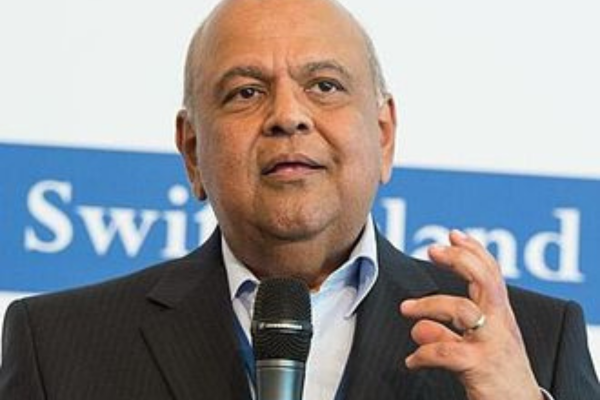
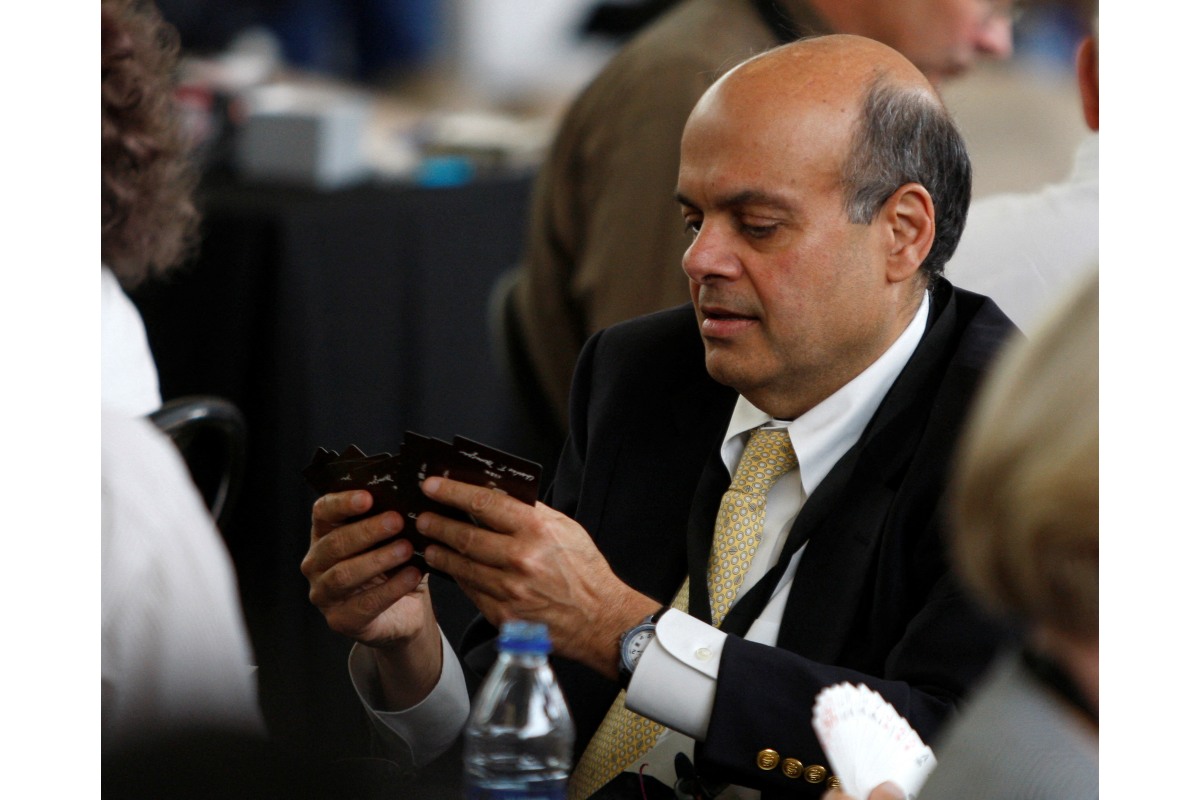
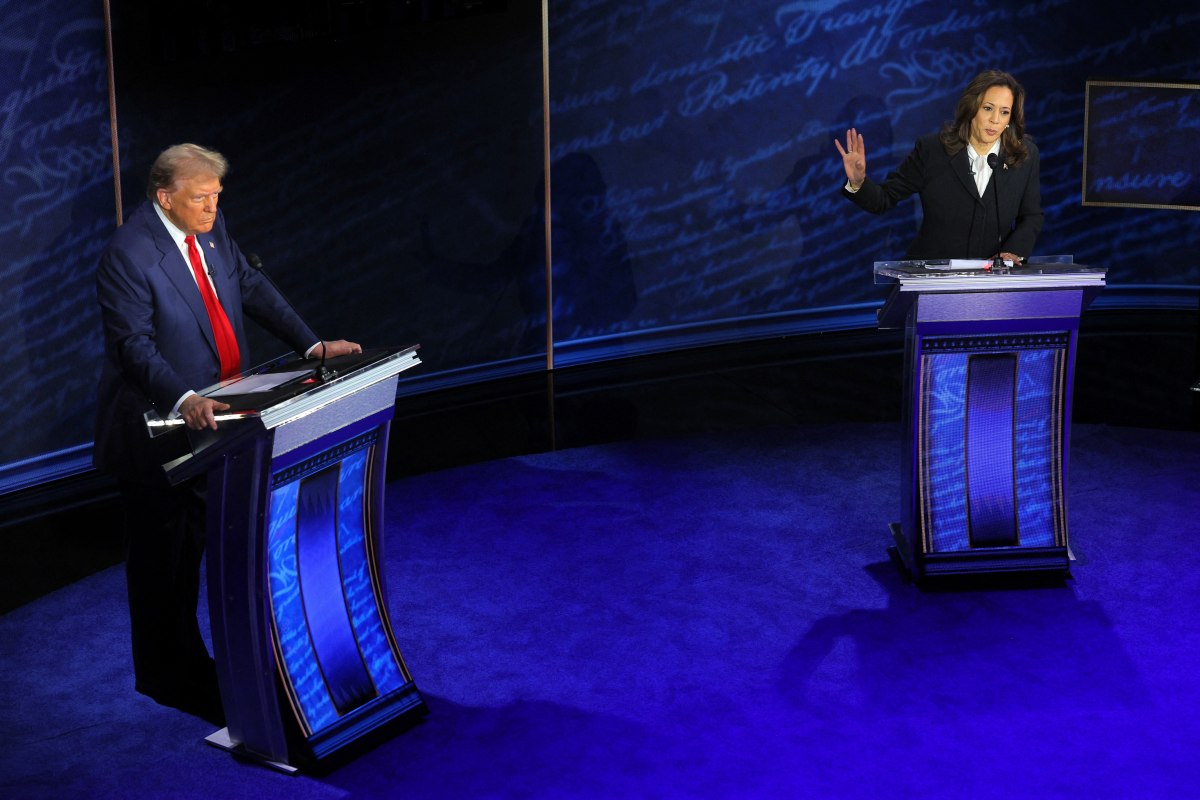
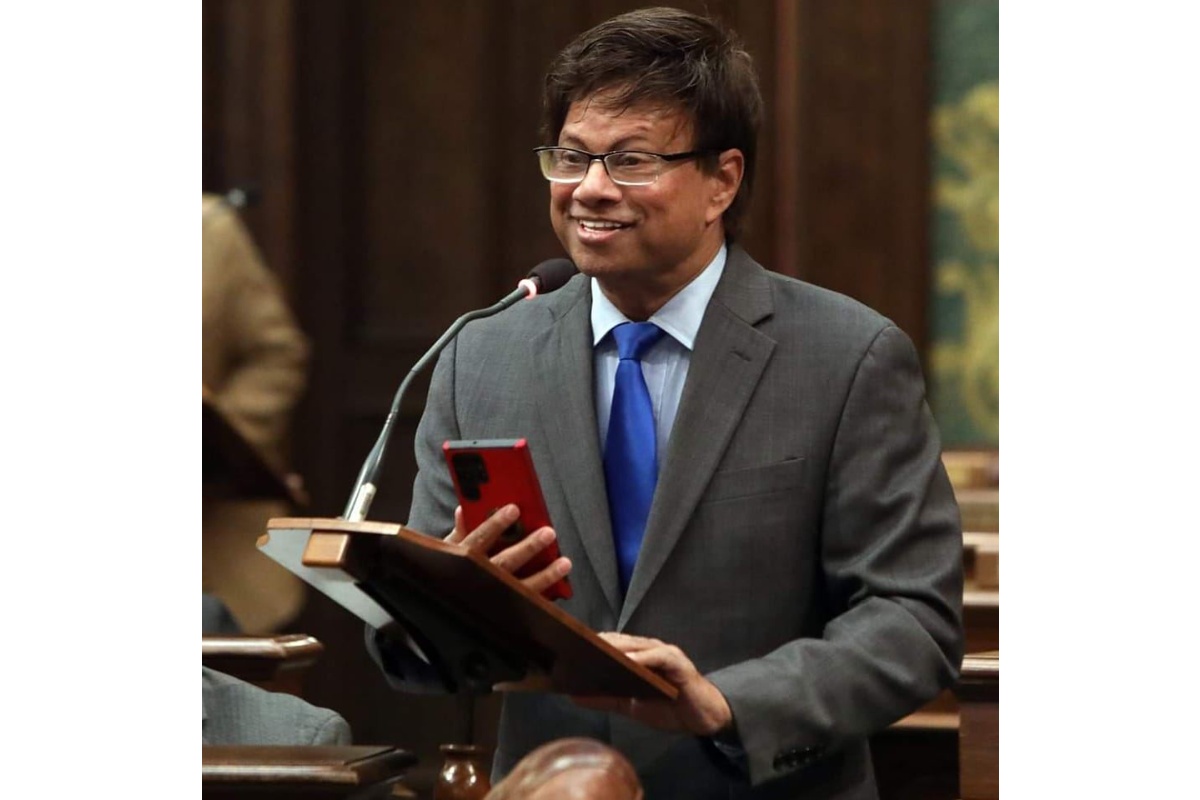
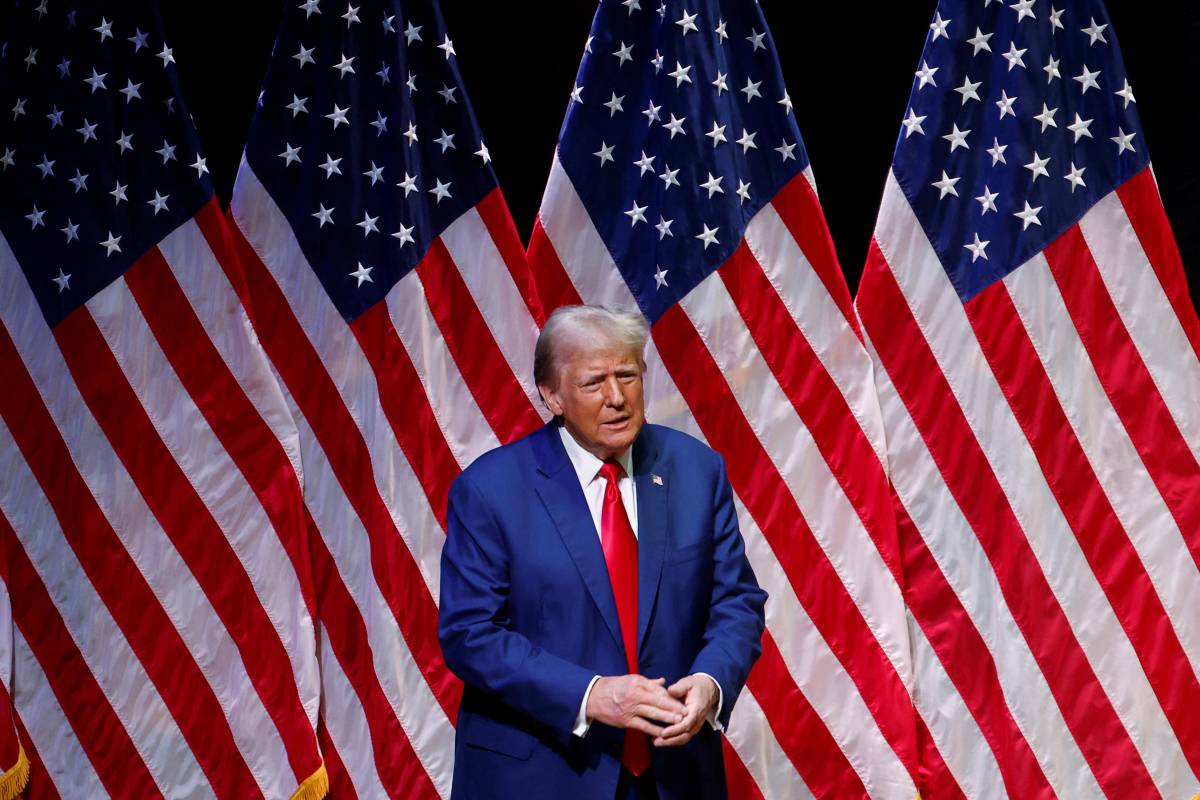
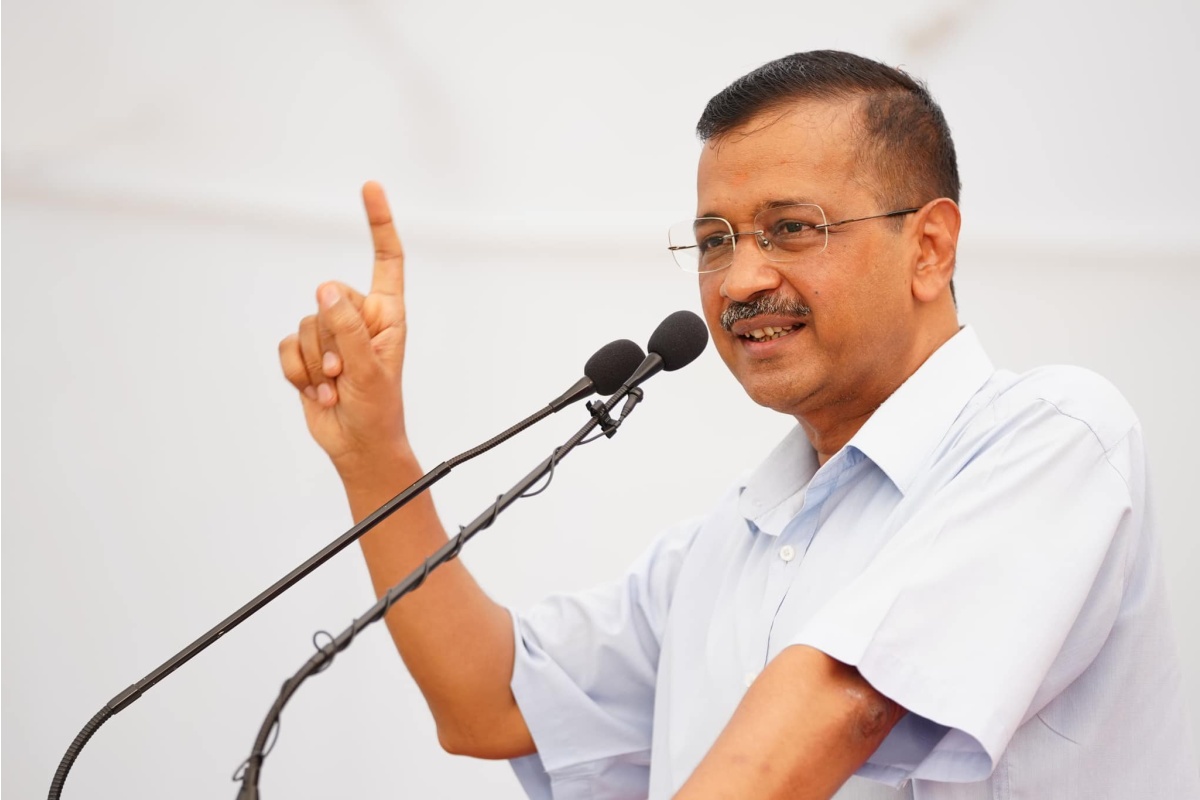
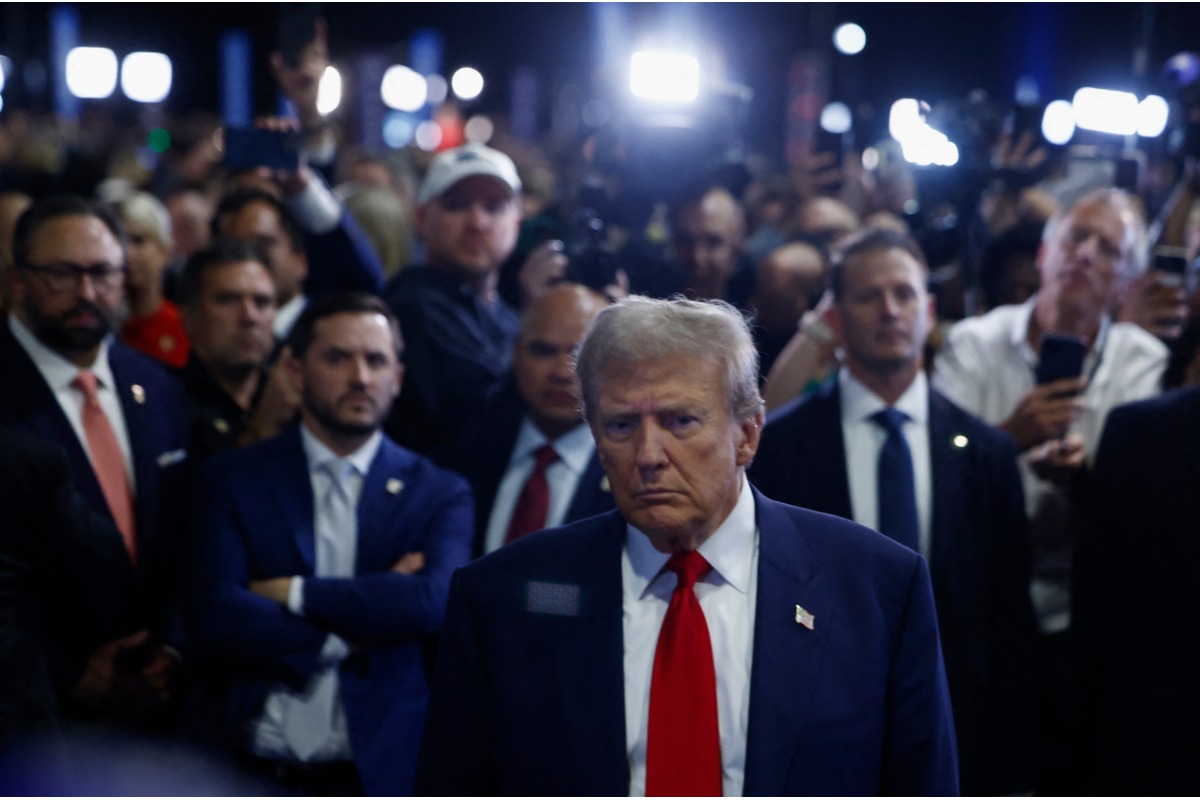
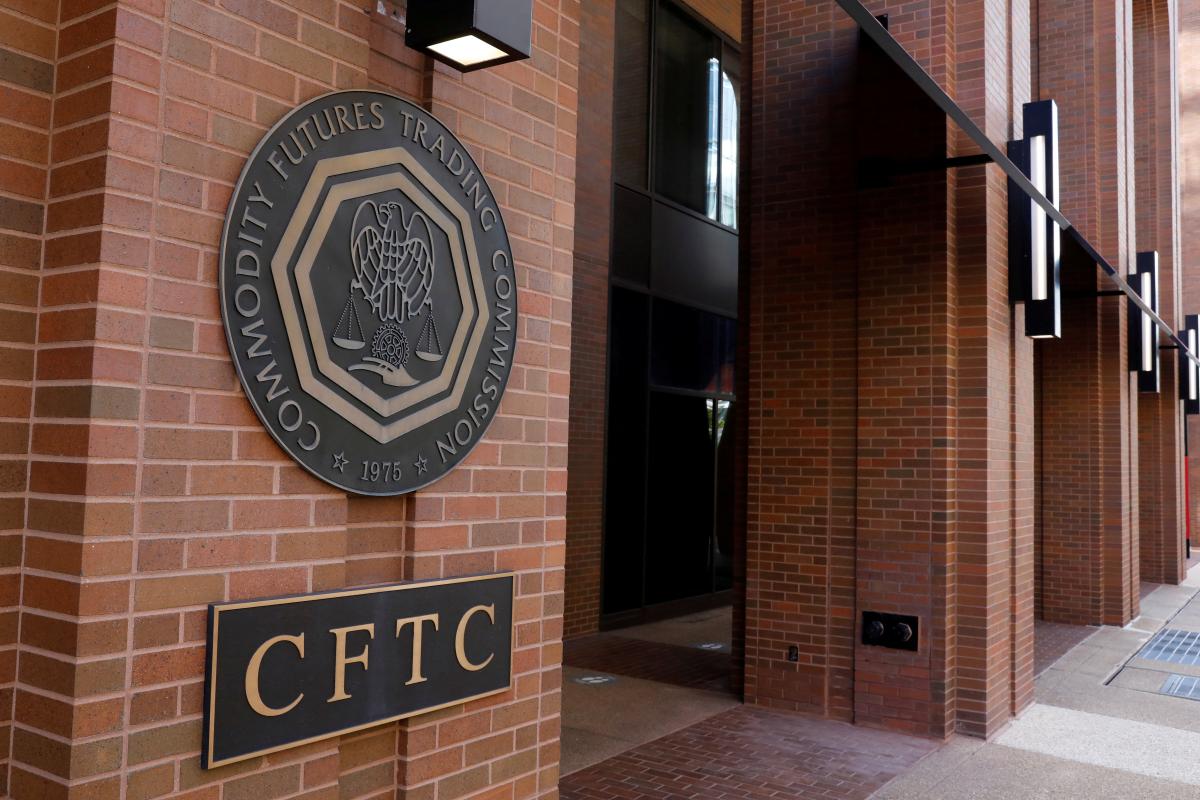

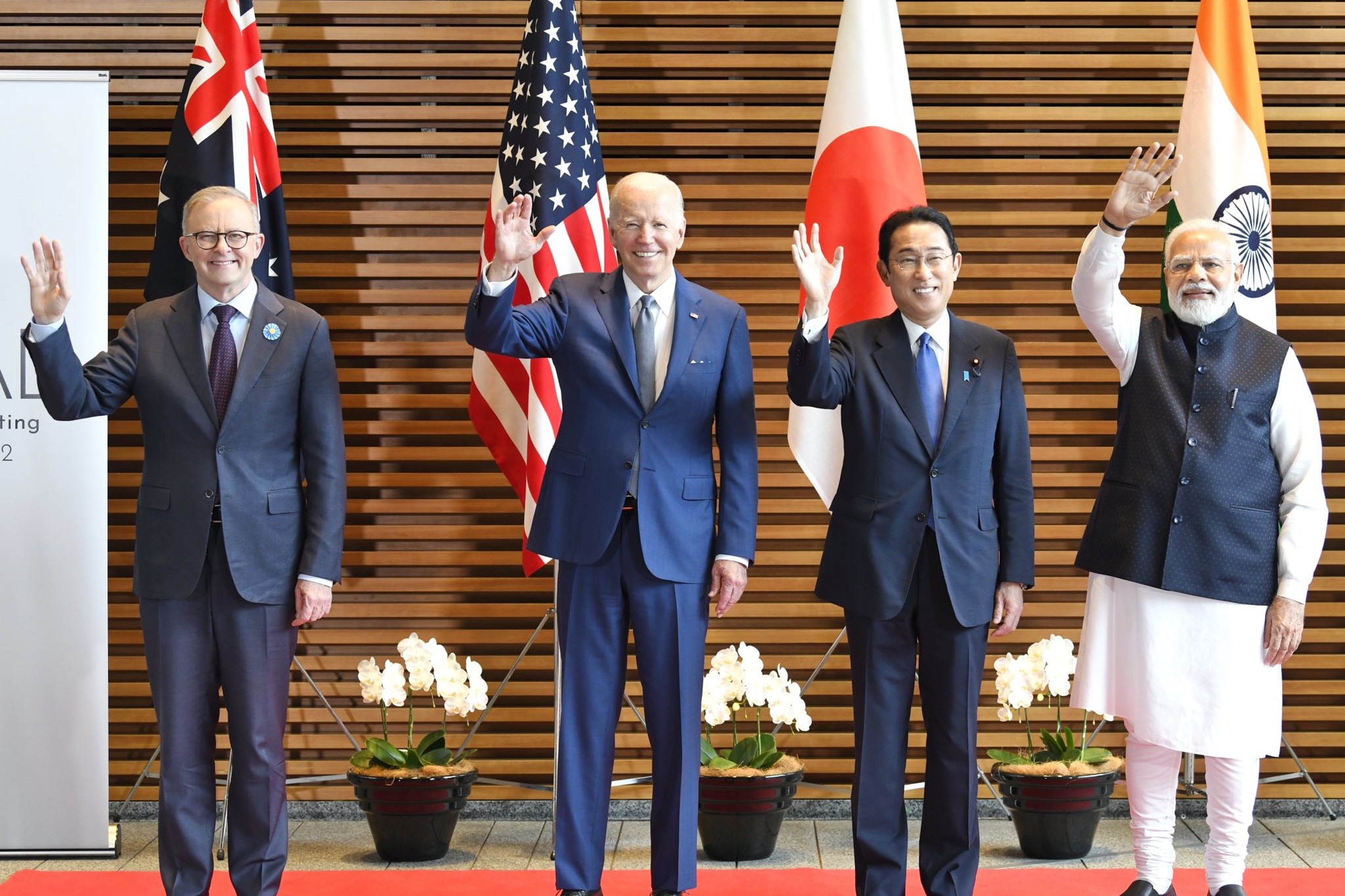

Comments
Start the conversation
Become a member of New India Abroad to start commenting.
Sign Up Now
Already have an account? Login